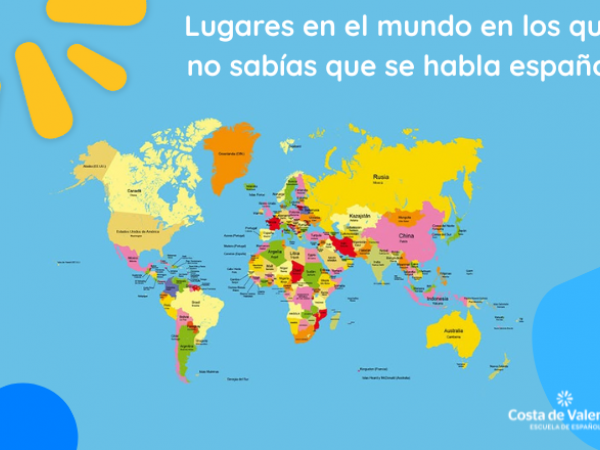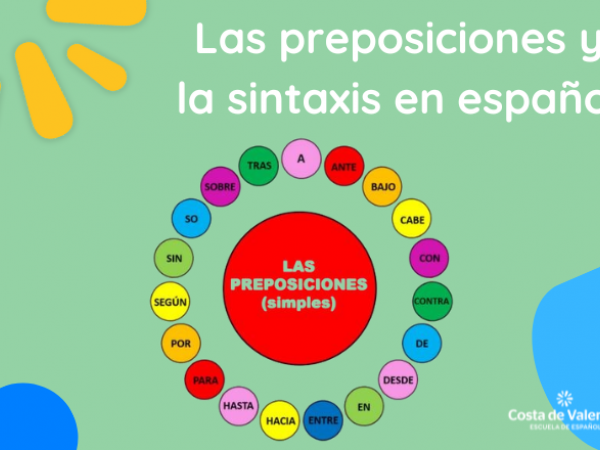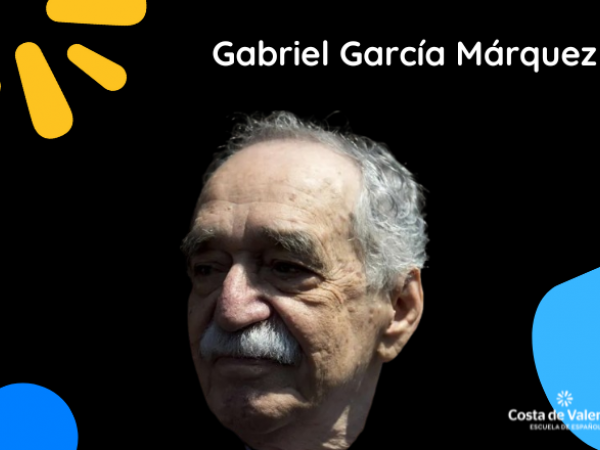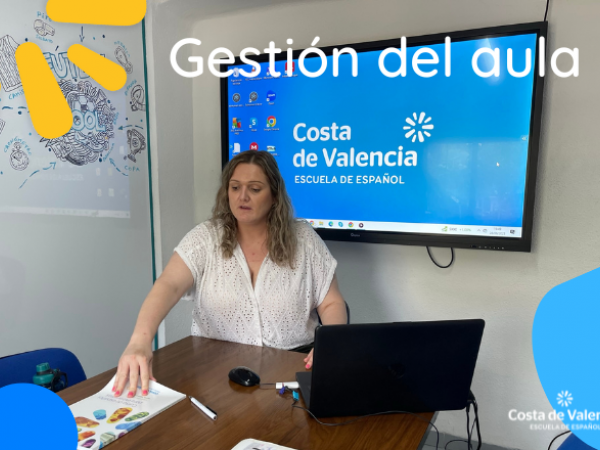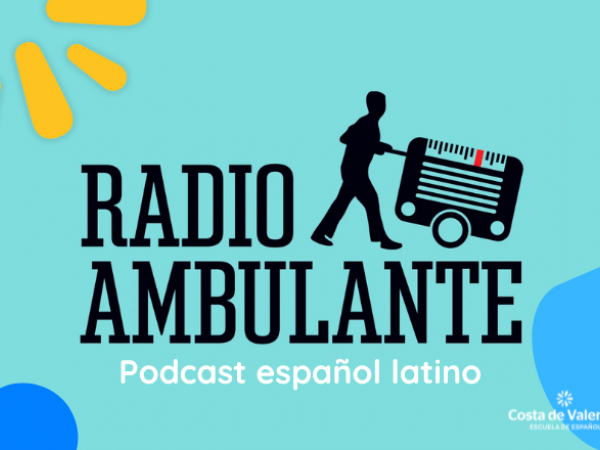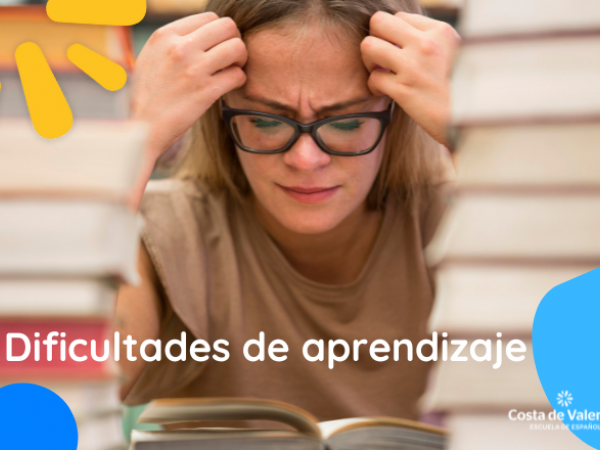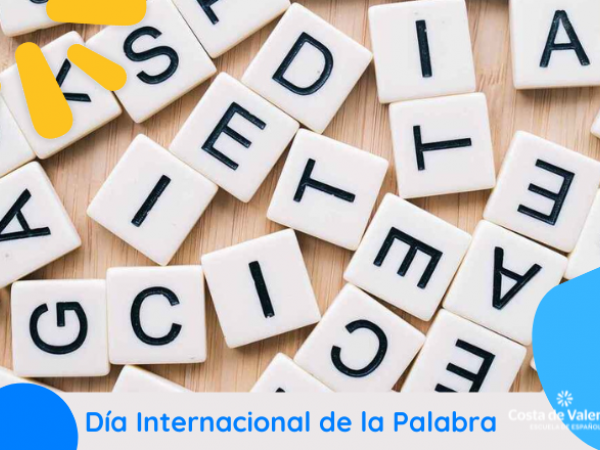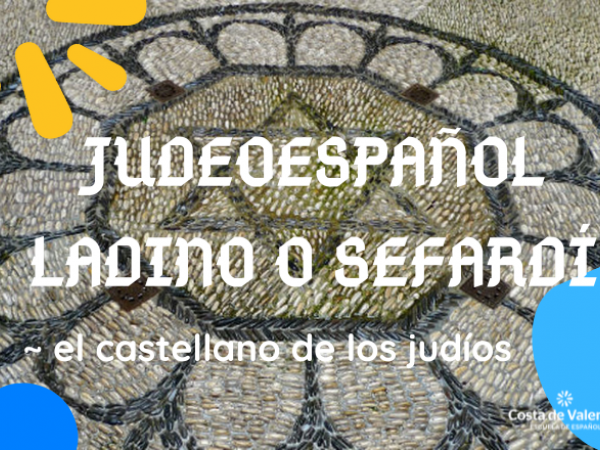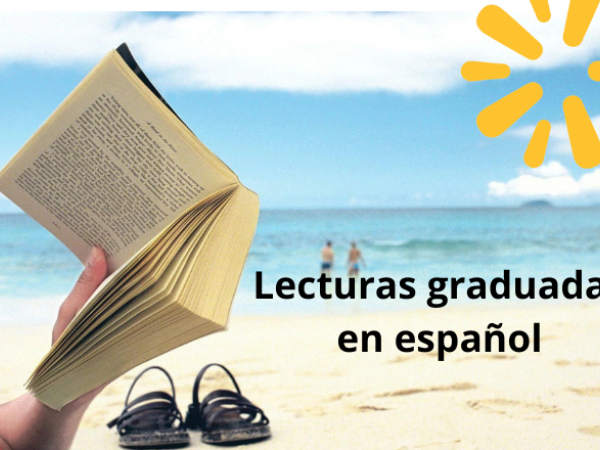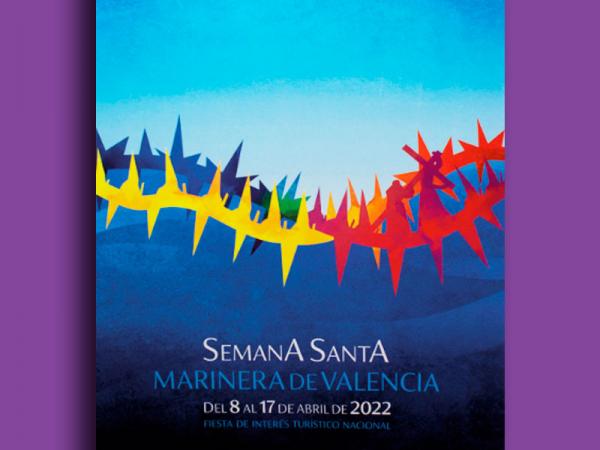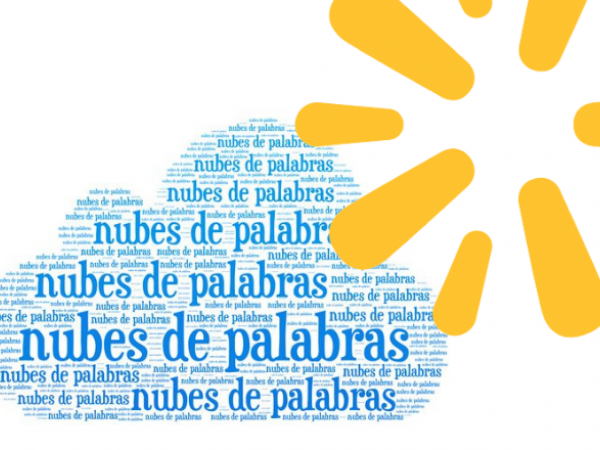Poetry in the classroom Ele
«
"As long as one feels the soul laugh, without the lips laughing; as long as one weeps, without tears clouding the pupil; as long as the heart and the head struggle on, as long as there are hopes and memories, there will be poetry!"
Gustavo Adolfo Bécquer
Today, 21 March, is World Poetry Day, a, shall we say, "genre" loved and hated in equal measure by most mortals.
This day has been celebrated since 2001 with the aim of promoting its teaching and learning, encouraging the oral tradition of poetry recitals, supporting small publishers, creating an attractive image of poetry in the media so that it is not seen as an "old-fashioned" art form, but as a means of expression that allows communities to transmit their inner values and assert their identity, as well as re-establishing dialogue between poetry and other artistic manifestations such as theatre, dance, music and painting.
As we can see, these are very ambitious objectives which should make us teachers of Spanish as a foreign language reflect on the role of this genre in our sessions. Should we include poetry in our classes? Could it contribute to the teaching of the Spanish language and culture?
I am sure that many teachers continue to see it as forced, impossible or out of place to introduce this discursive genre into the sessions, perhaps because, beyond metaphysical definitions of what is or is not poetry, we know above all that "poetry is the art of the word as opposed to the functional uses of language" (Núñez Ramos, 1992). And the fact is that we generally identify literature (and even more so poetry) with the so-called works of creation or imagination, that is to say, with those textual products in which the aesthetic use of language predominates, and where there is no immediate, practical purpose. Their purpose is neither pragmatic nor informative, as the author does not intend to accurately reflect reality, but to construct it, to recreate it, to go beyond the socially negotiated and accepted version of the real world. We are dealing with the artistic as opposed to the historical and referential.
Should we then discard it from our classes? If so, we should also discard the use of, for example, songs or artistic works that do have more presence as samples in our sessions and are not so questioned.
Let us start from the essential: the poem -like any other textual production- is considered a particular type of linguistic use, subject, therefore, to the general principles that govern human verbal communication and, as with other literary genres, "on an equal footing with other uses in terms of their virtuality as documents at the service of learning" (Martín Peris, 200:3). (Martín Peris, 200:3)
This consideration turns the poem into a mediator of learning, favours its desacralisation and, therefore, allows us to manipulate it didactically. It is clear that it may not be useful for us to exemplify the "everyday use of language", but we do see it as a type of material that can be profitable and motivating for meaningful learning, which takes into account not only the strict cognitive dimension of the process, but also the experiential and emotional dimension of each learner.
Moreover, it is precisely in this genre where we will find, more than in others, a series of very relevant linguistic resources that can be used as a real didactic instrument, such as sonority or rhythm (which can be used to exercise pronunciation, intonation or as a playful element to remember structures or lexis) or, what we find most interesting, its metaphorical charge.
Metaphorical competence and poetry
Not all cultures see and categorise the world in the same way and, therefore, the linguistic results of this difference can sometimes lead to misunderstandings or misunderstandings when we express ourselves in an L2. As Lakoff and Johnson put it, metaphor is a general cognitive mechanism whose function is essentially to understand and experience one kind of thing in terms of another and where natural language constitutes the surface on which each underlying conceptual metaphor materialises in the form of linguistic metaphors which are organised around it, and which may vary from one language to another.
On the one hand, we have more or less universal conceptual metaphors such as LIFE IS A JOURNEY (common to languages such as English, French, German, Spanish...). However, the different linguistic metaphors in which they take shape do not always coincide or are shared by many of them. For example, in Spanish we have extensions such as "to get on someone's boat", "to arrive at your destination", "to go through life with light luggage", etc., which may not be shared by other languages.
Another example would be the conceptual metaphor "LAS IDEAS SON ALIMENTOS" ("IDEAS ARE FOOD"), which are manifested in Spanish with exponents such as "ideas sustain us" (just like food), "no digiero tu opinión" (I don't understand it), "cocinar una idea por largo tiempo" (referring to the elaboration process), "su punto de vista alimentó mi teoría" (enriched it) or "no me como lo que dijo" (I don't believe it or accept it).
If we do not train the learner in this metaphorical competence we may find students, with perhaps a high level of grammatical and lexical competence, who when producing texts write things such as:
...they tried to knock him down, but he was an iron and held his ground....
In Spanish, the concepts of hardness are generally associated with "rock", "mountain", "stone", but not with iron.
...he cut off his finger and wrapped it with a band-aid...
It is a nice concept, but in Spanish this metaphorical extension does not work as it might in the student's language, we say "to wrap".
These interferences will be greater the greater the linguistic distance from which the learner comes, with learners of Asian origin in particular, and China in particular, being the ones with whom these issues need to be worked on most.
Because, one thing we must be clear about, it is not that learners are incapable of learning metaphors, it is that they have most probably never been formally exposed to the conceptual system of the target language. And to be "conceptually fluent" in the LE or L2, the learner must be able to convert common experiences into linguistically and conceptually appropriate models, and not translate directly from his or her L1. The learner must acquire the concepts of the foreign language being learnt in order to be able to: do language, i.e. transpose reality and thought; do with language, interact with other speakers; and integrate language with other communicative codes, e.g. gestures.
The tendency to literalism of non-native speakers makes discourse unnatural. The aim is not to teach the learner to metaphorise, but to introduce him or her to the metaphorical structures and cognitive domains of the target language.
And to work on these issues, poetry is a very interesting medium to work with, as it is possibly one of the discursive genres in which metaphorical thinking is most worked on.
In summary, what are the benefits of working with poetry in the Spanish as a foreign language classroom?
1. As we have said, the first and most important is to work with the student on metaphorical competence, not only present in this genre, but also in everyday discourse as we have seen through the examples.
2. Poetry, like any other literary genre, also allows us to access cultural knowledge through the art of great writings and writers.
3. Poetry reflects the experiences and environments of our culture; it reflects the times, concerns and characteristics of a particular society.
4. The puns, rhymes and assonances that are present in verse, as in songs, can help in the retention of lexis and structures.
5. Poems are a linguistic exponent which, like any other type of written input, can be used to exemplify, deduce or work on specific grammatical or lexical components. For example, at A2 level, the children's poem Como se dibuja un niño, by Gloria Fuertes, can be used to work on the physical description of people. For B1 and B2 level, the poem Warning by Jenny Joseph is often used to work on temporal sentences with the use of the subjunctive. For a C1 or C2 level, we recommend taking a look at the ProfedeEle activity based on the poem "A Goya" by Rubén Darío in which, based on a very elaborate didactic sequence, the position of the adjective in Spanish is reviewed, among other things.
As we have seen, there are many benefits to introducing this genre in our classrooms, but, as with any activity we present, it must always be well thought out in order to extract its maximum potential. If you want to make, on this special day, a first approach to the poetic genre, here are some ideas that you can carry out with your class to celebrate this World Poetry Day.





